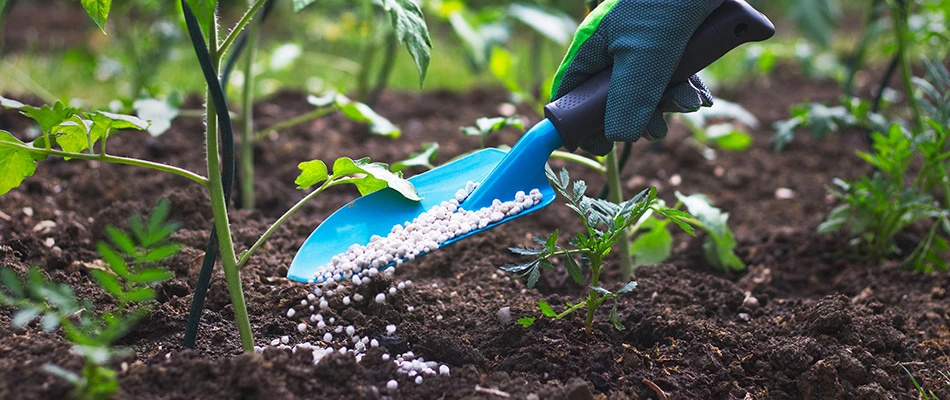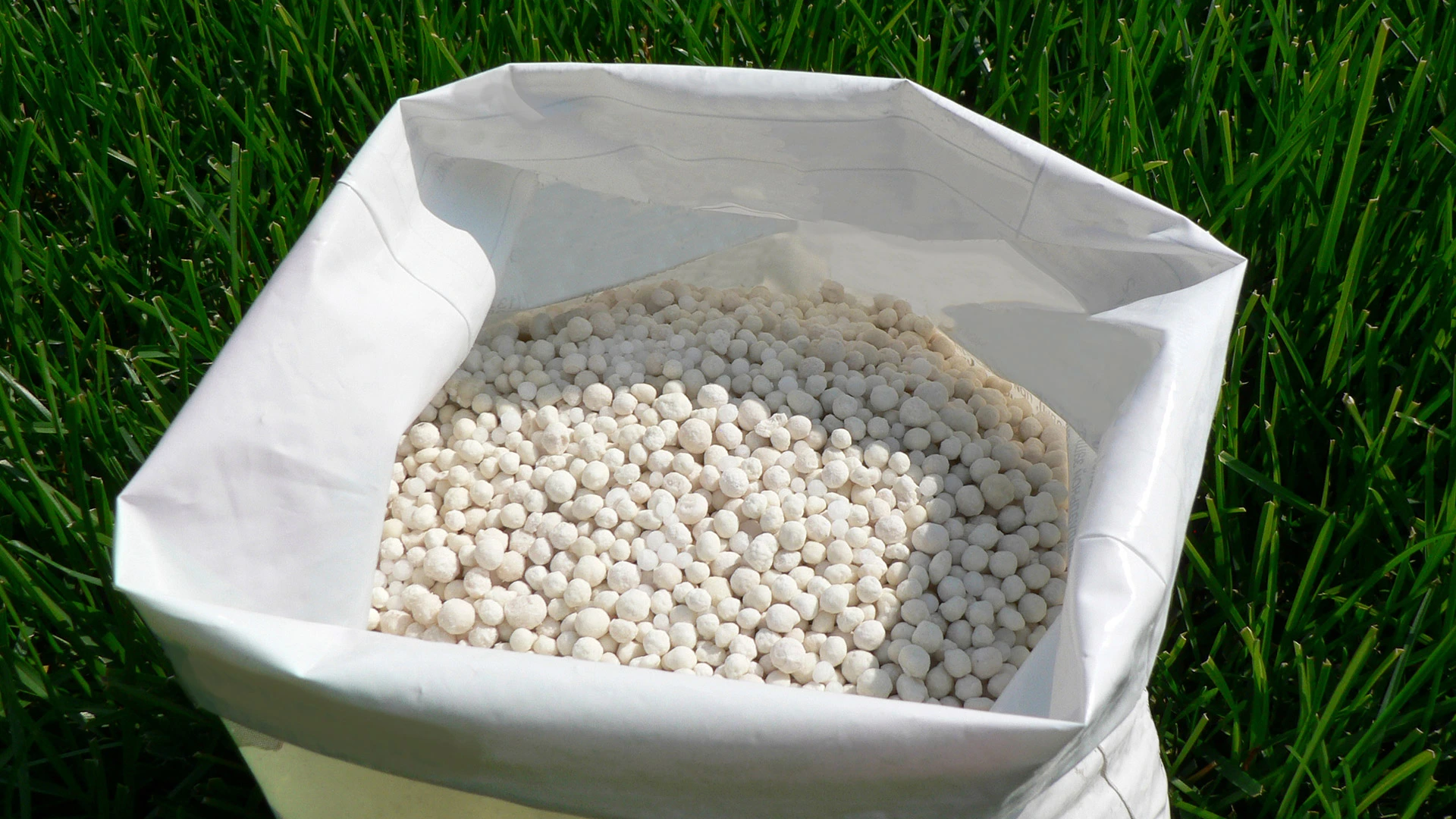Spring fertilizer is crucial since it helps your lawn come out of dormancy on the right foot. Ensuring your fertilization treatments in the spring have nitrogen will go a long way in keeping your turf in great health throughout the year. That's because nitrogen in fertilizers is responsible for producing chlorophyll, the pigment that makes your grass green and helps it turn energy into food.
The correct amount of nitrogen in the spring also assists your turf in emerging from winter dormancy. It stimulates healthy grass growth so your lawn in Michigan can green up and grow early. Potassium and phosphorus should also be part of your spring fertilizers because they play important roles in improving the health of your lawn too. Keep reading to learn more about the importance of having nitrogen in your spring fertilizer.
The Role of Nitrogen in Fertilizer

Nitrogen in lawn fertilizer encourages the manufacturing of chlorophyll, the pigment that makes your grass green. With enough nitrogen in your spring fertilization treatments, you can expect your turf to stand out with its vibrant green grass blades. However, nitrogen does more than just take care of its lush appearance. Producing chlorophyll with the help of nitrogen ensures your grass can absorb light energy and convert it into their food, a process called photosynthesis.
Too little nitrogen, or worse, none of it, will result in your lawn turning yellow, becoming weak, and growing too slow. Excessive nitrogen is also harmful and can result in "fertilizer burn," where your grass develops yellow discoloration. For these reasons, it's best to let the pros apply your lawn's fertilizer.
Nitrogen in your spring fertilizer helps your lawn emerge from winter dormancy.
Spring fertilization is vital because it gives your lawn a much-needed boost to enter the new growing season in tip-top health. The winter season takes a toll on your grass, but nitrogen in your spring fertilizer will help it emerge from dormancy. Here's how nitrogen in your fertilizer will improve your grass as it wakes up from being dormant:
- Promotes rapid growth to help it recover from the winter stress
- Improves the density of your turf to choke out weeds
- Allows your grass to green up in the spring quickly
Don't forget potassium and phosphorus in your fertilization treatments!
While nitrogen is undeniably crucial after the winter stress, don't forget that your spring fertilization should include the other two of the infamous NPK trio: potassium and phosphorus. Phosphorus enhances your lawn's overall health and vigor. This macronutrient is responsible for vigorous root growth, which helps your turf absorb essential nutrients. Stronger roots are important not only in the spring but throughout the year because it helps your turf survive harsh temperatures.
Potassium makes your lawn more resilient by improving its disease, drought, and stress resistance. It can protect your turf during extreme conditions by creating thicker cell walls, helping your grass go through stress unscathed. As with nitrogen, phosphorus and potassium should be given in moderation to prevent causing harm to your lawn.
To get the best results, schedule fertilization with weed control treatments in the spring so your turf is as healthy as possible.
Call our experts today to schedule our fertilization treatments!
Our fertilization treatments at Big Lakes Lawncare run from early spring to late fall, so you can rest easy knowing your turf is receiving much-needed nutrients to remain robust and vibrant throughout the year. We offer our fertilization treatments to commercial, residential, and HOA property owners in Macomb, Shelby, Chesterfield, MI and throughout the surrounding areas. Give our experts a call today at (586) 200-0855 to schedule our fertilization treatments!




Comments (0)
Thanks for your comment!
Thanks for your feedback! Your comments have been successfully submitted! Please note, all comments require admin approval prior to display.
Error submitting comment!
There is a problem with your comment, please see below and try again.